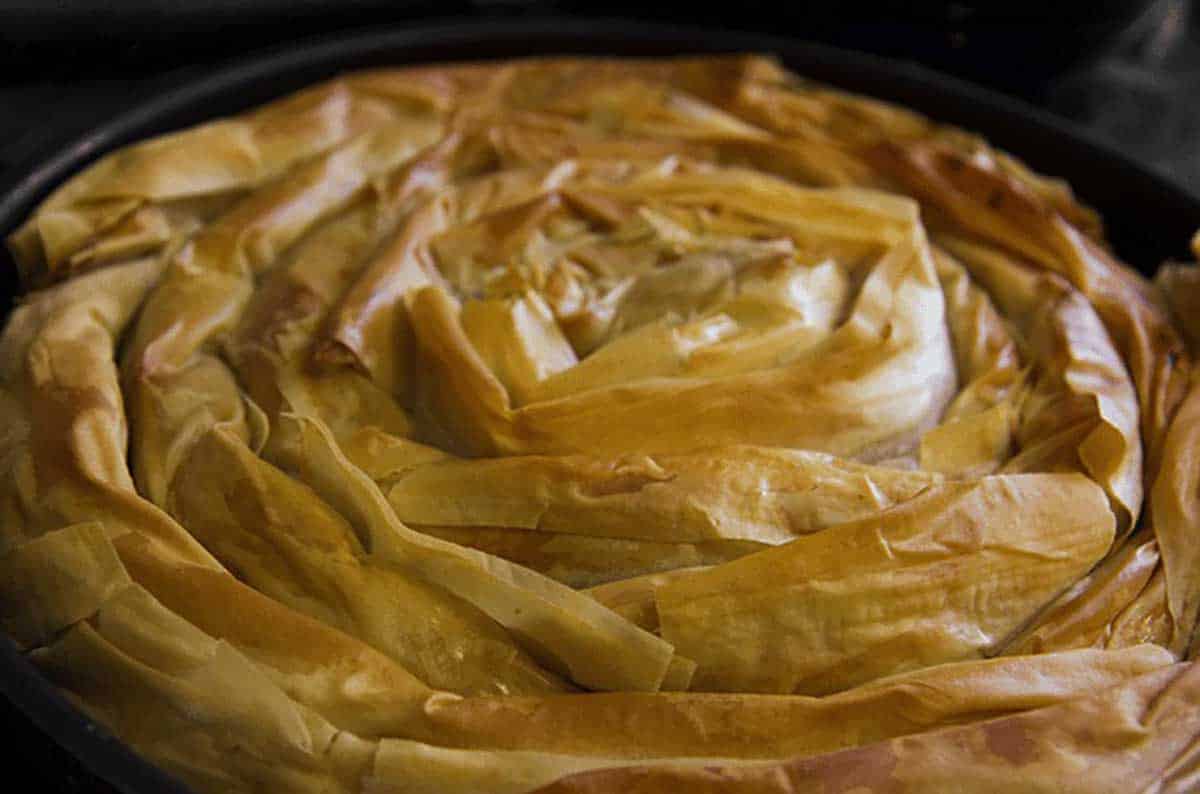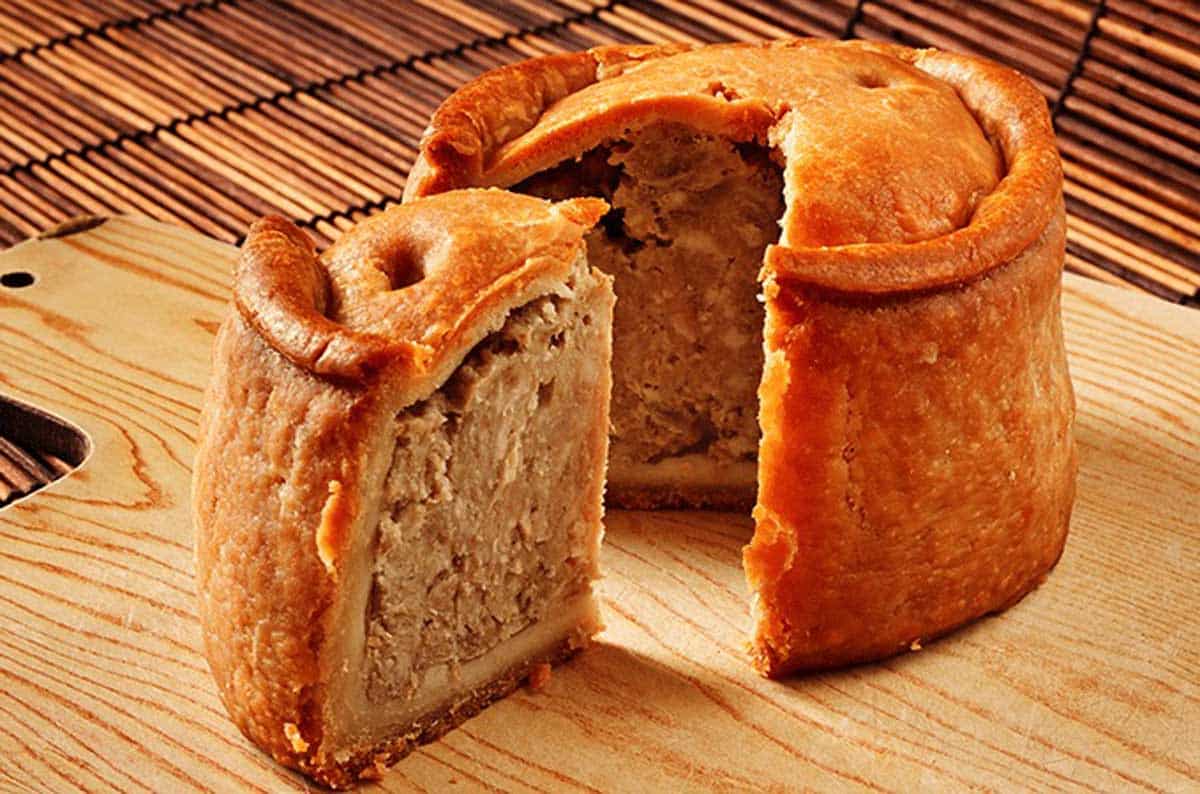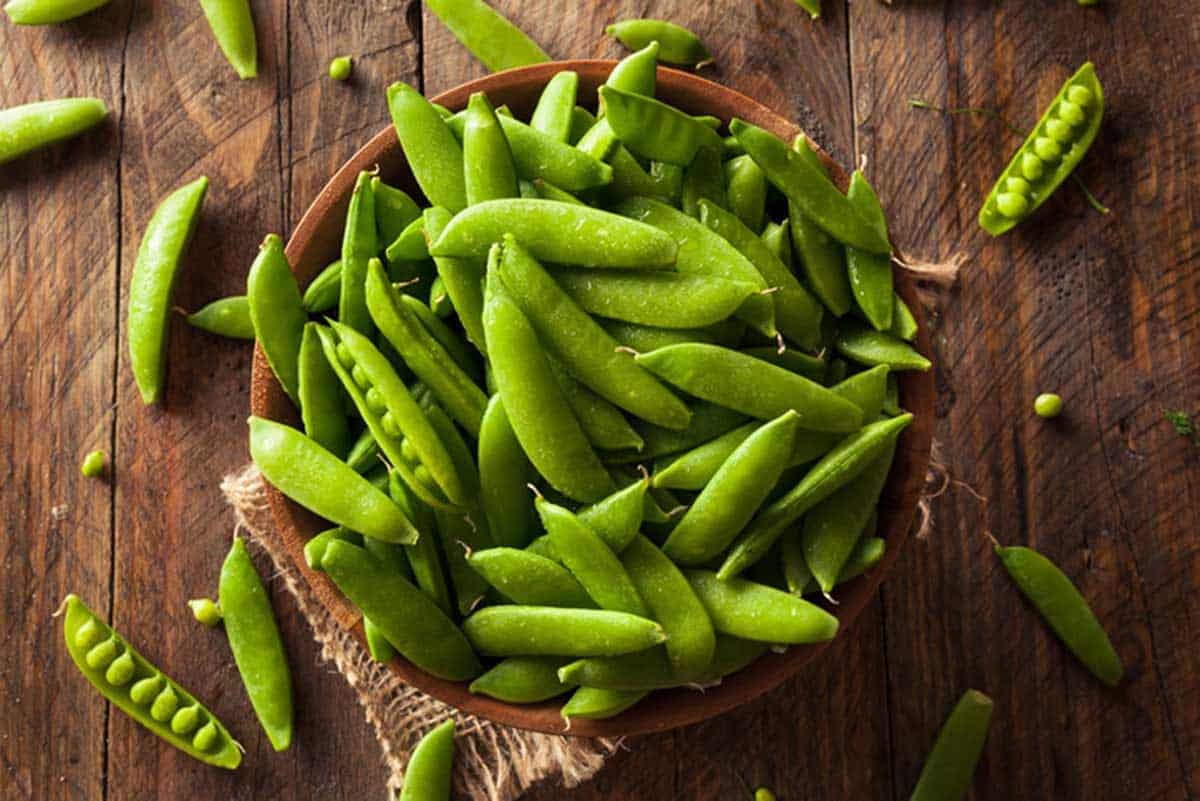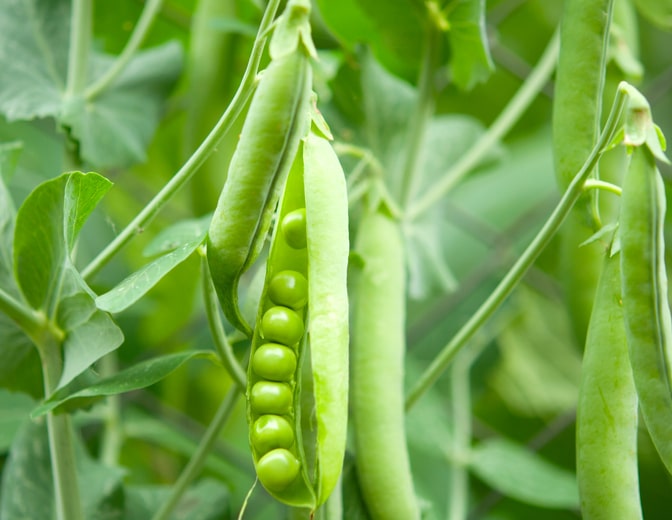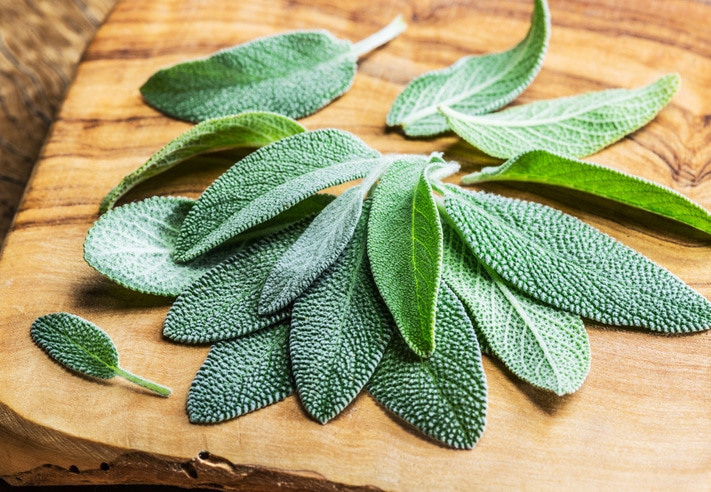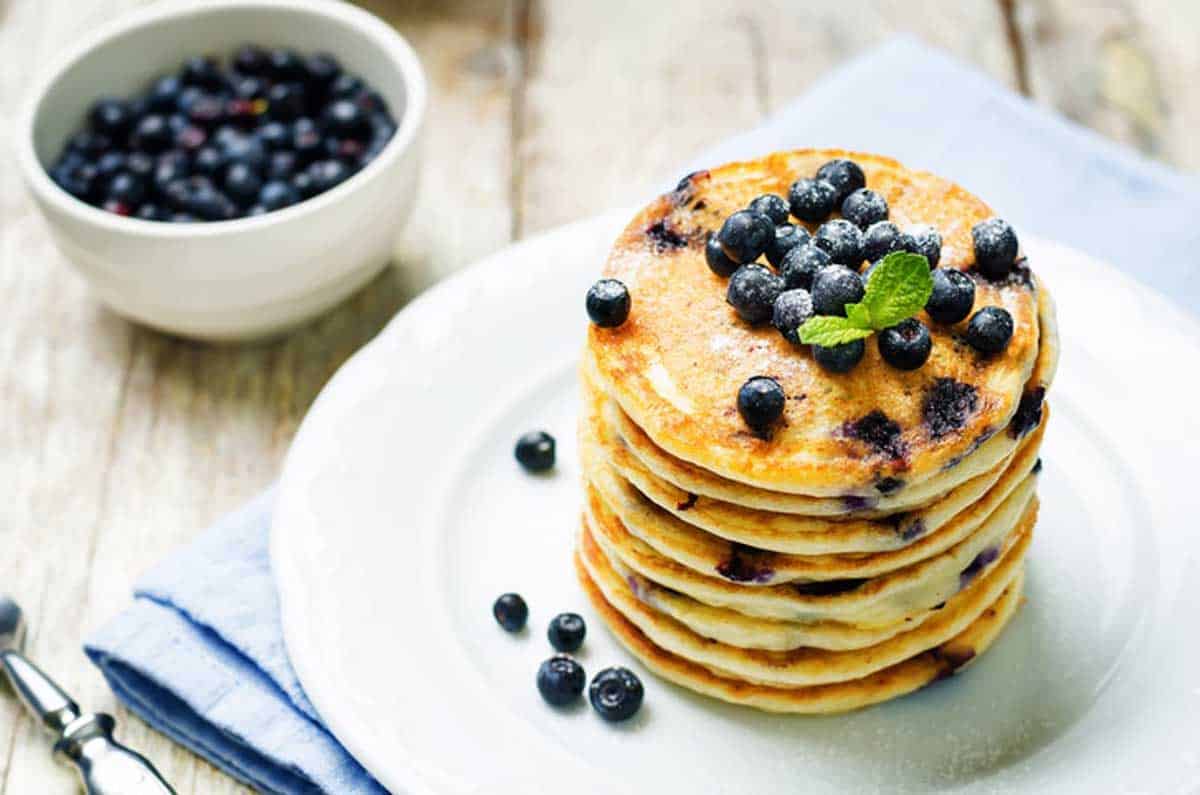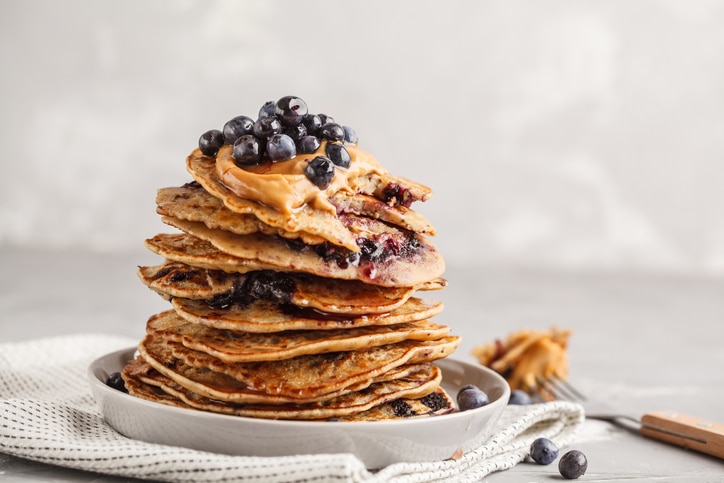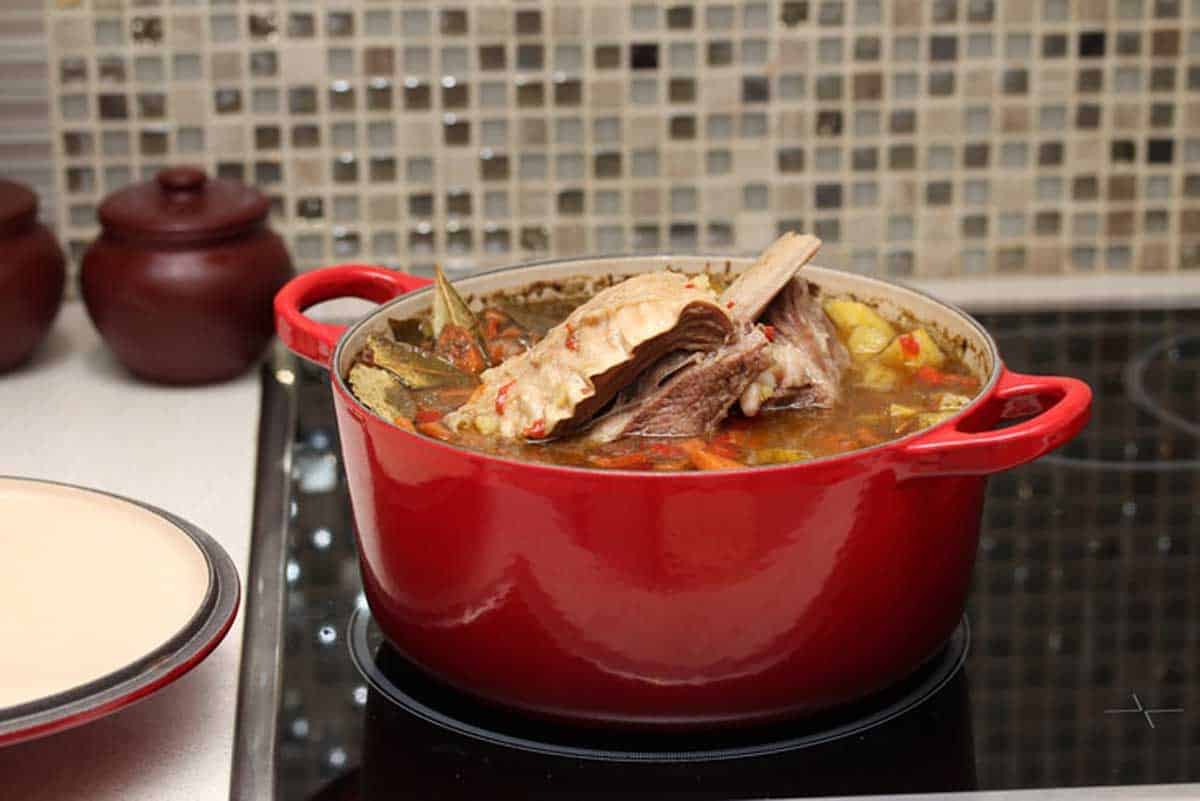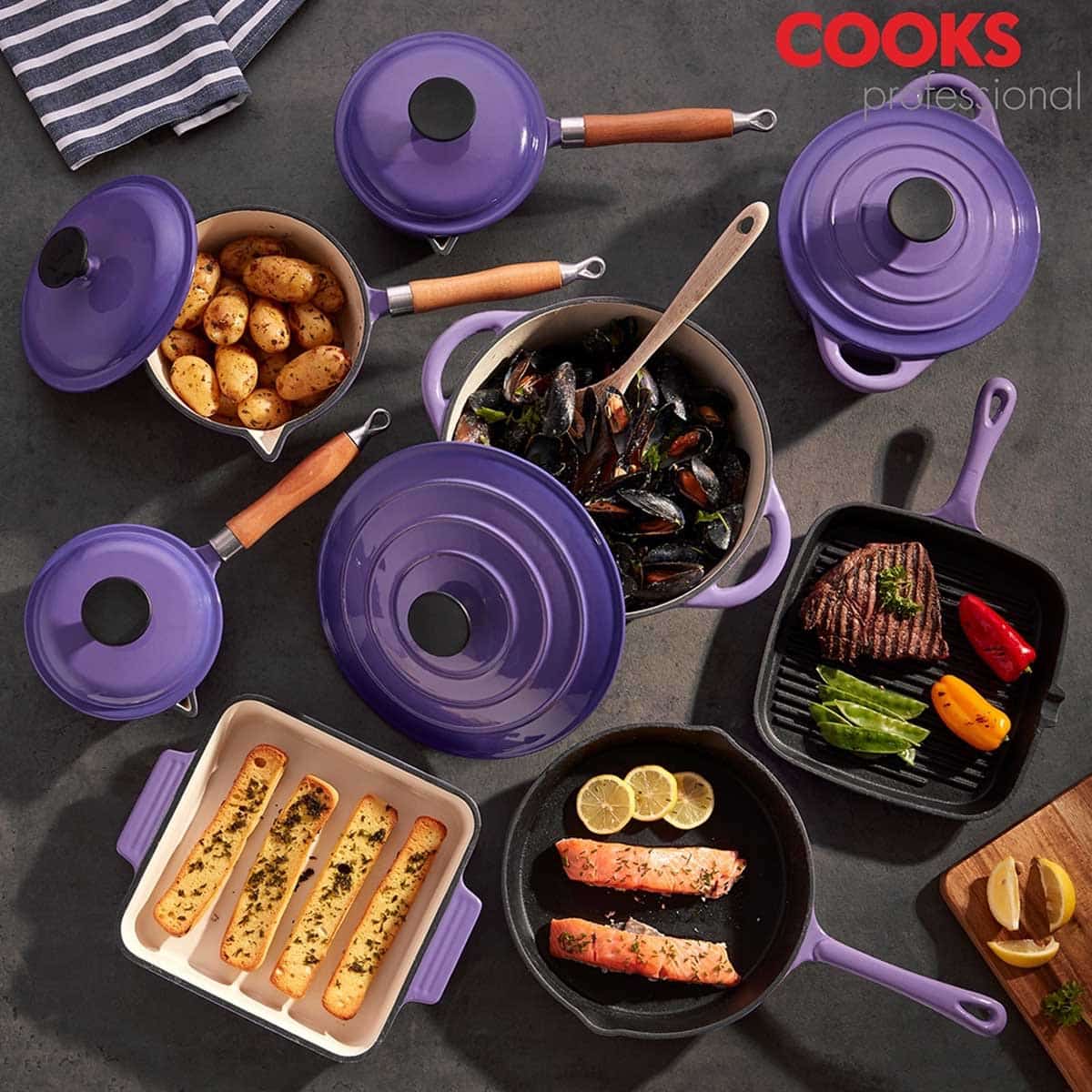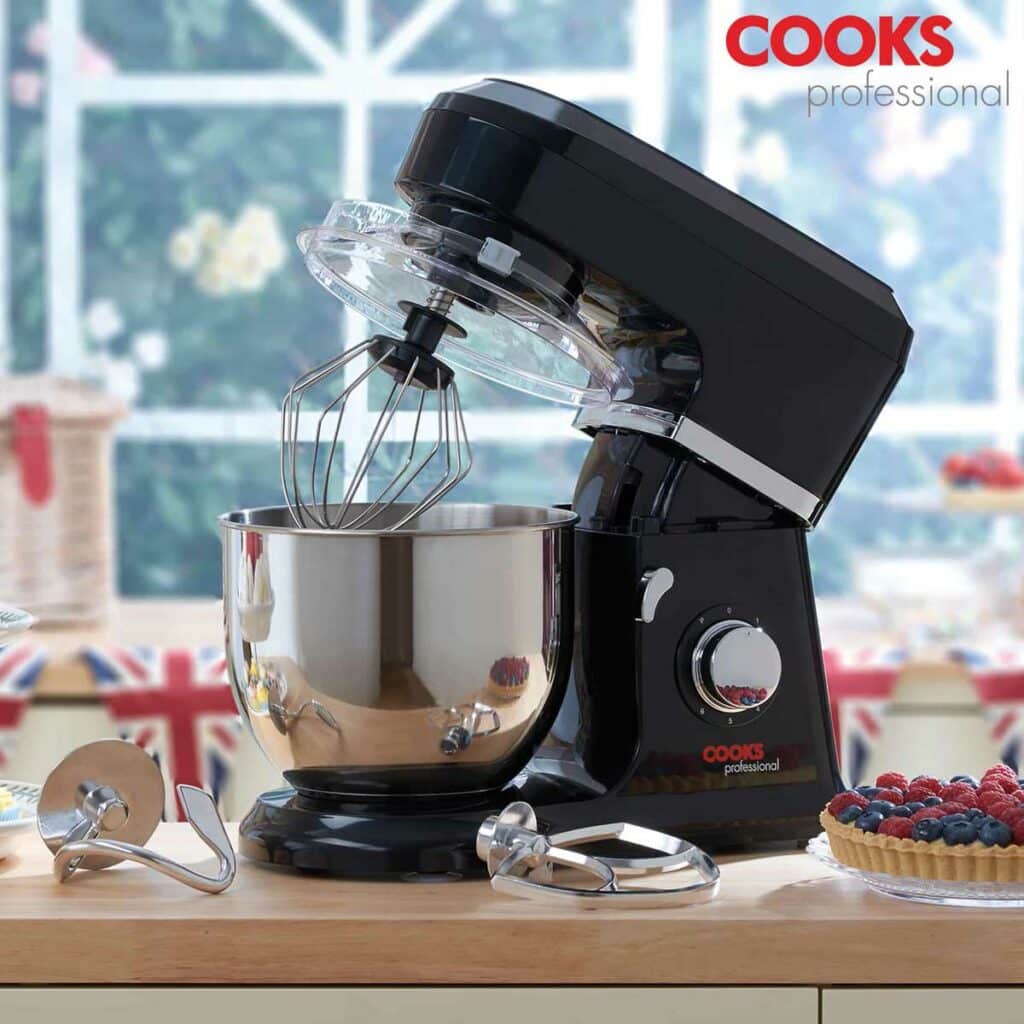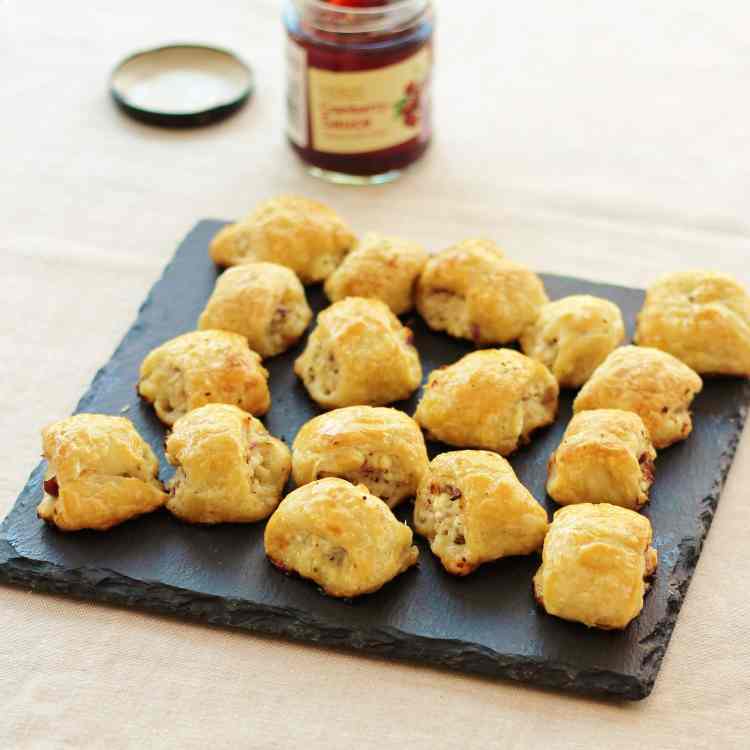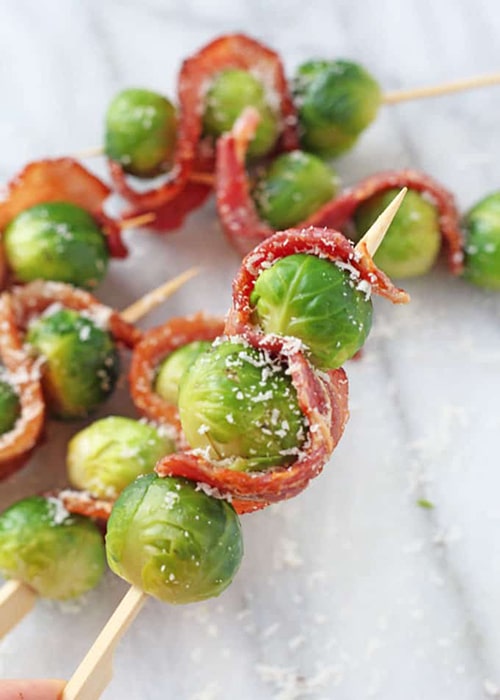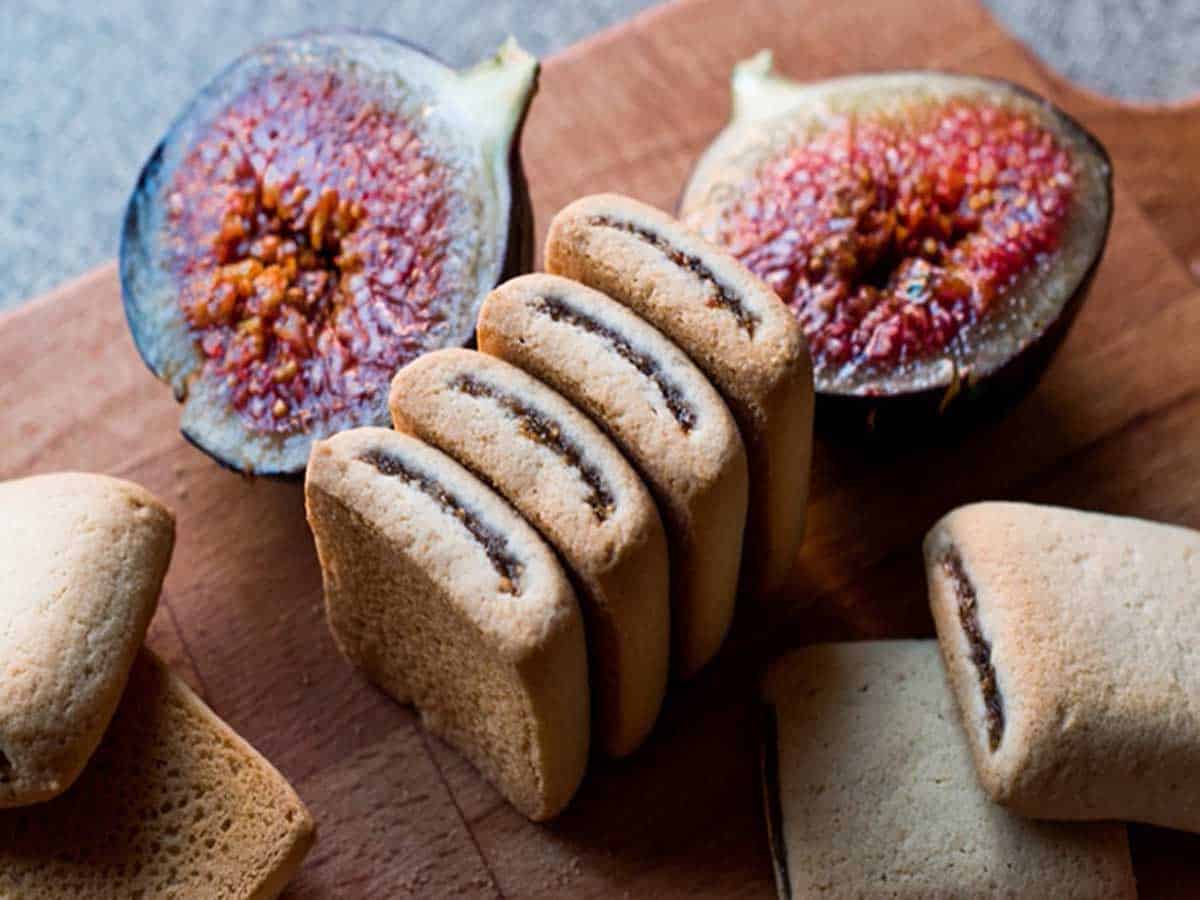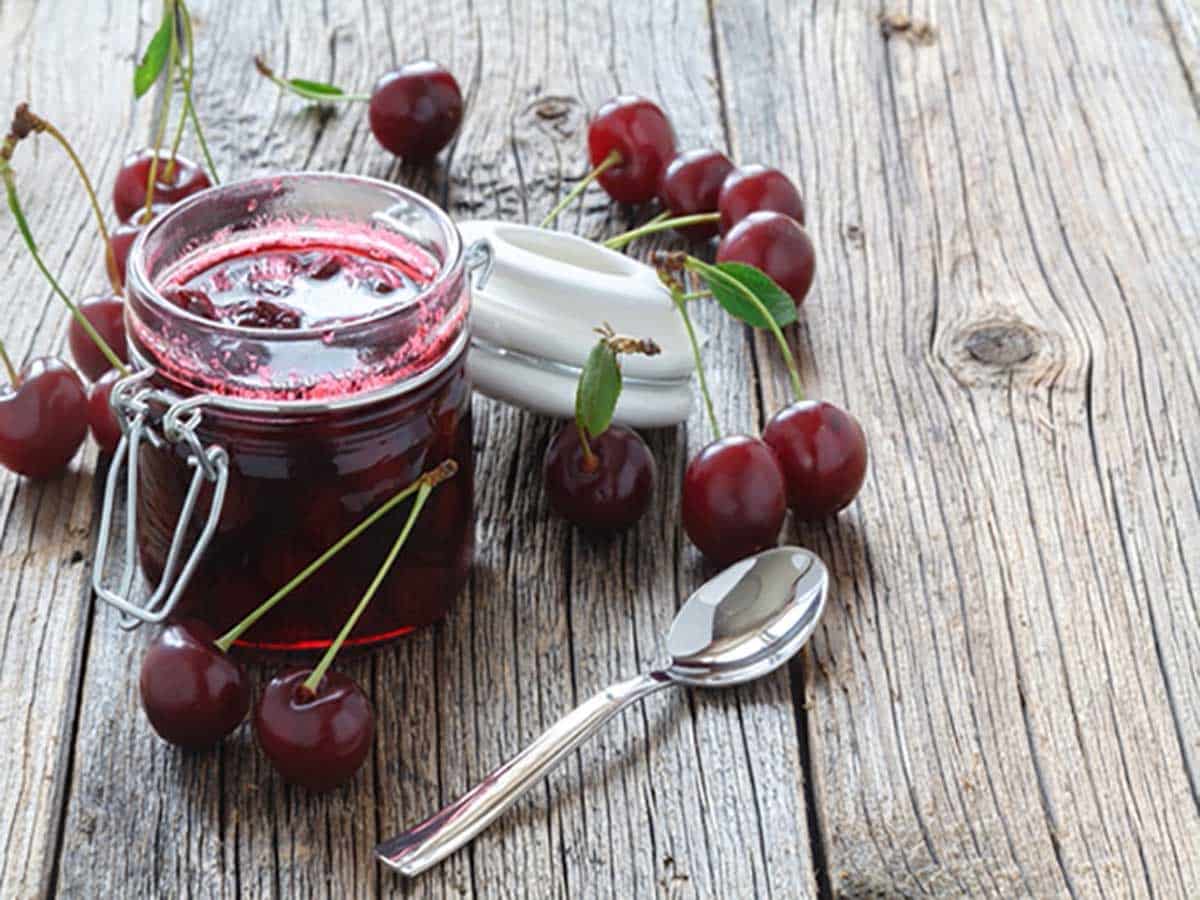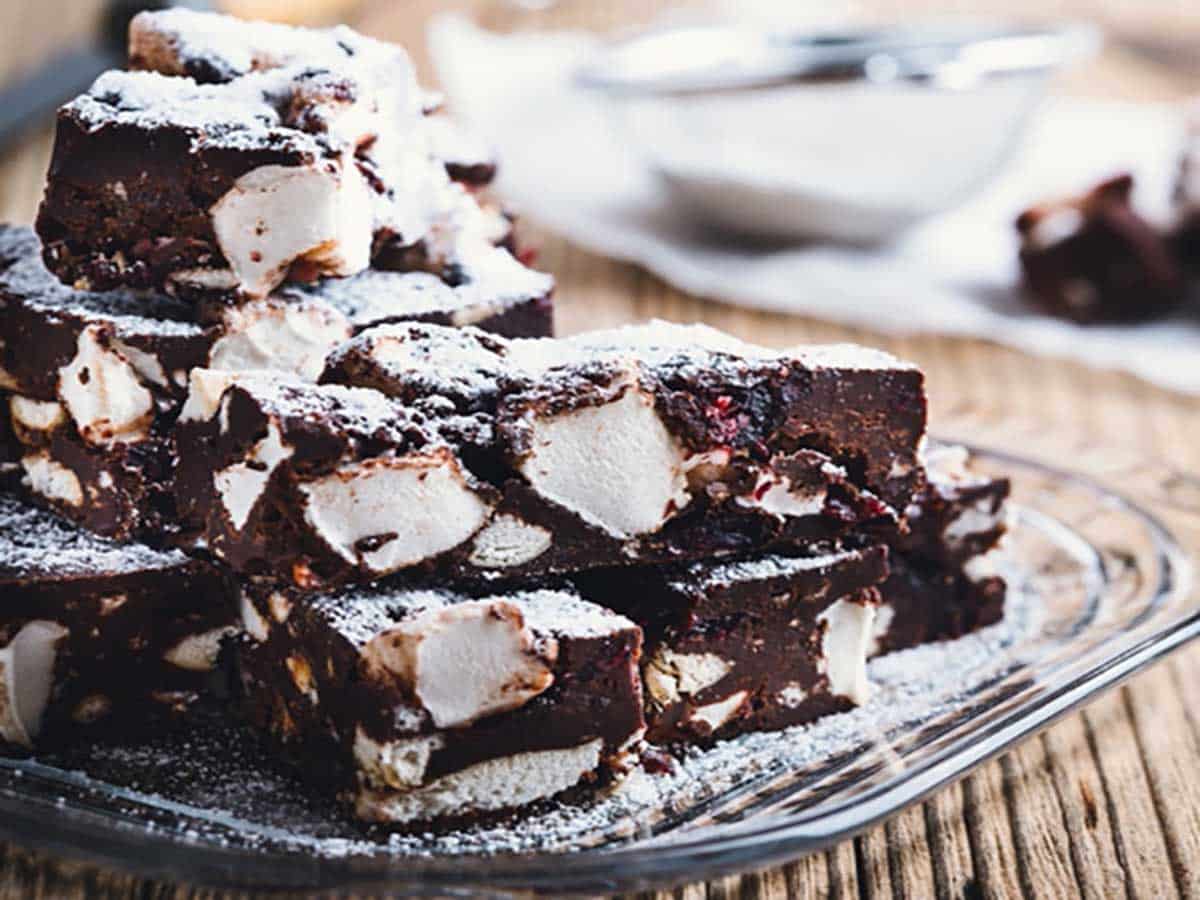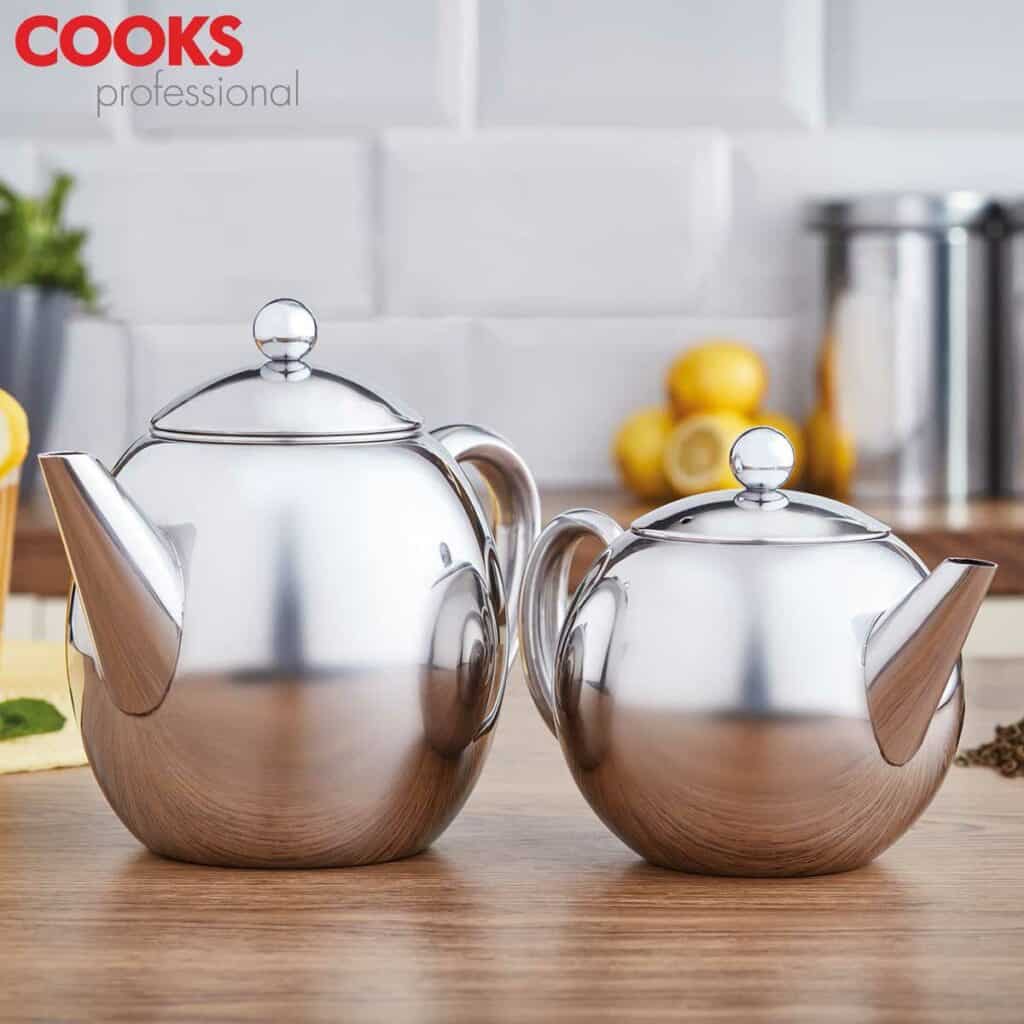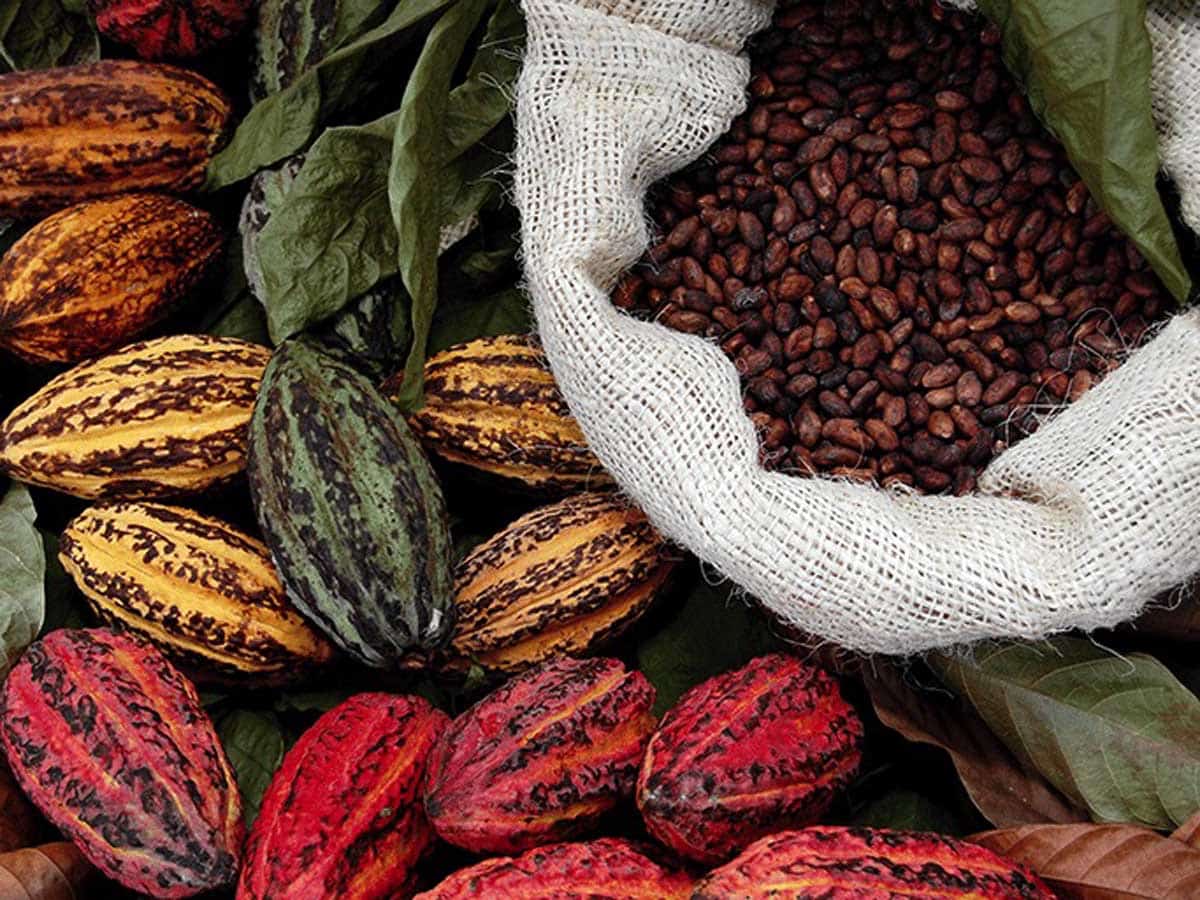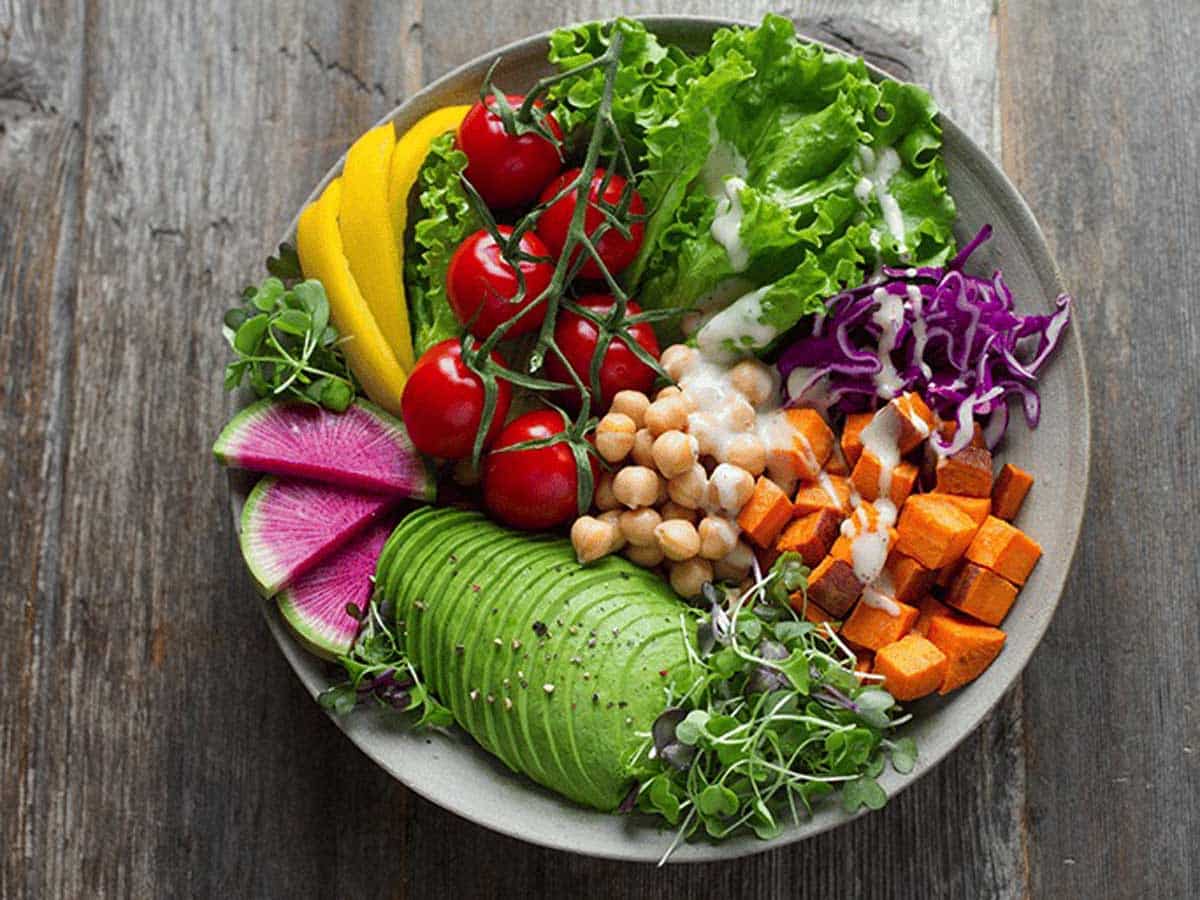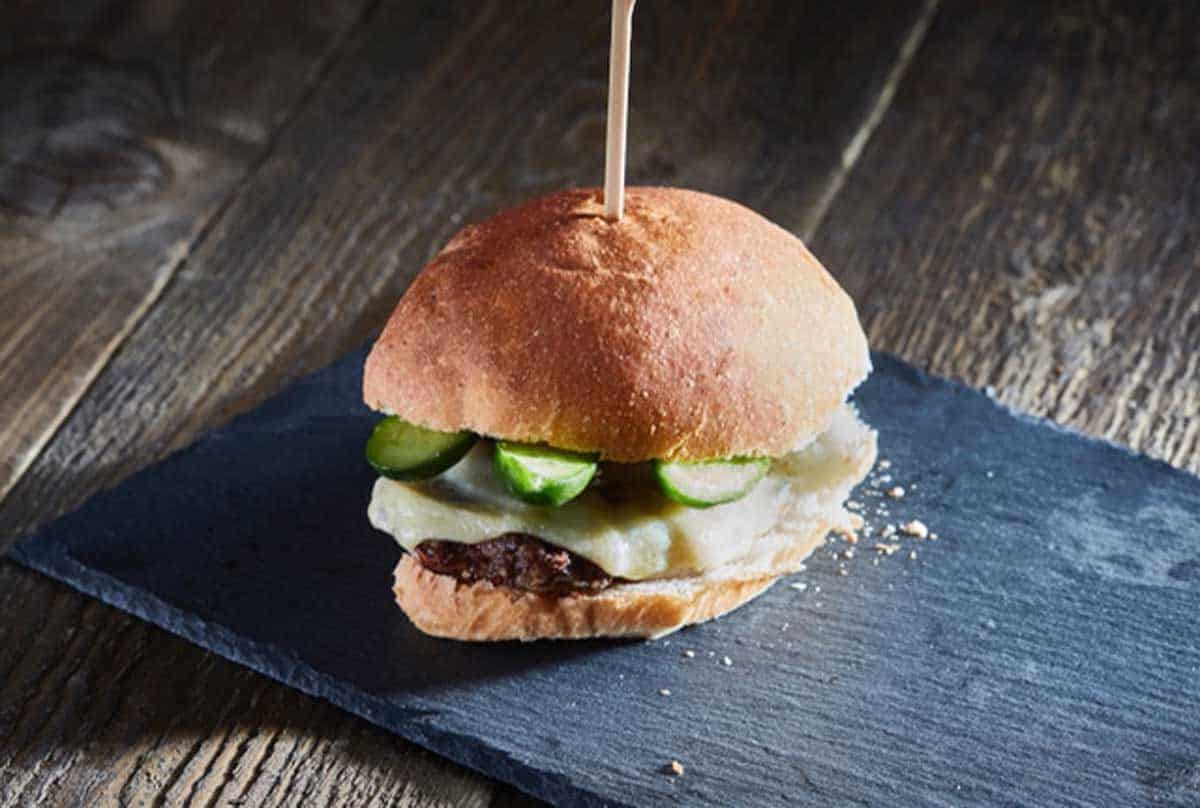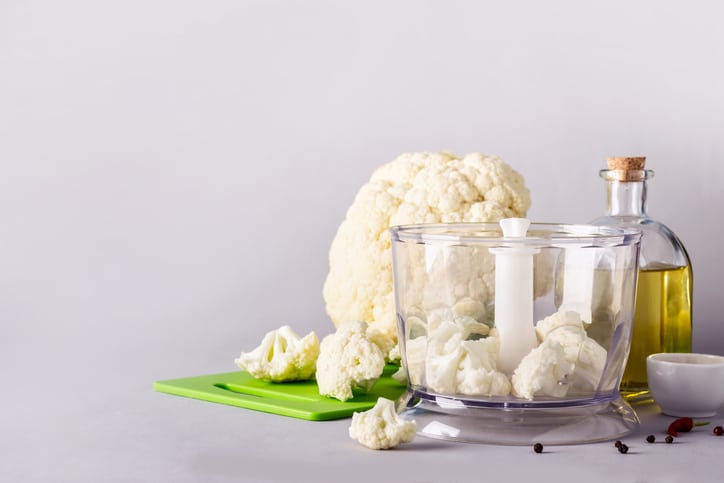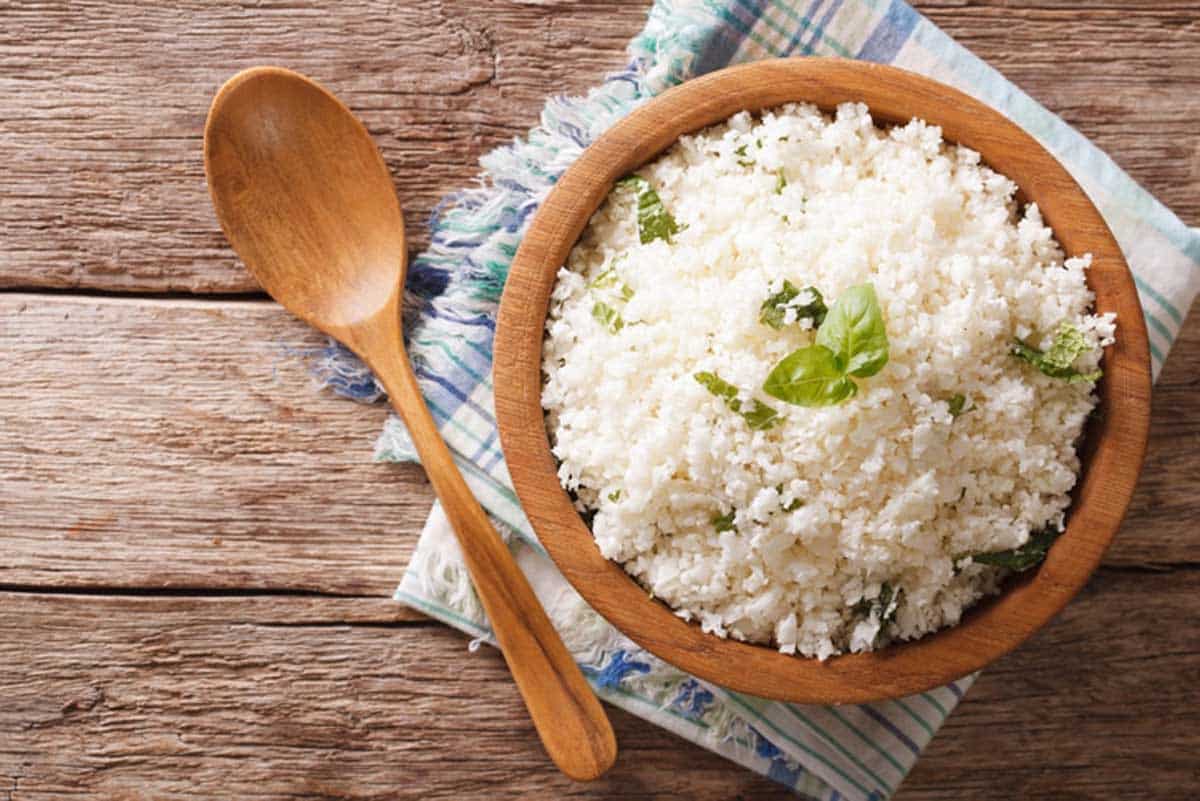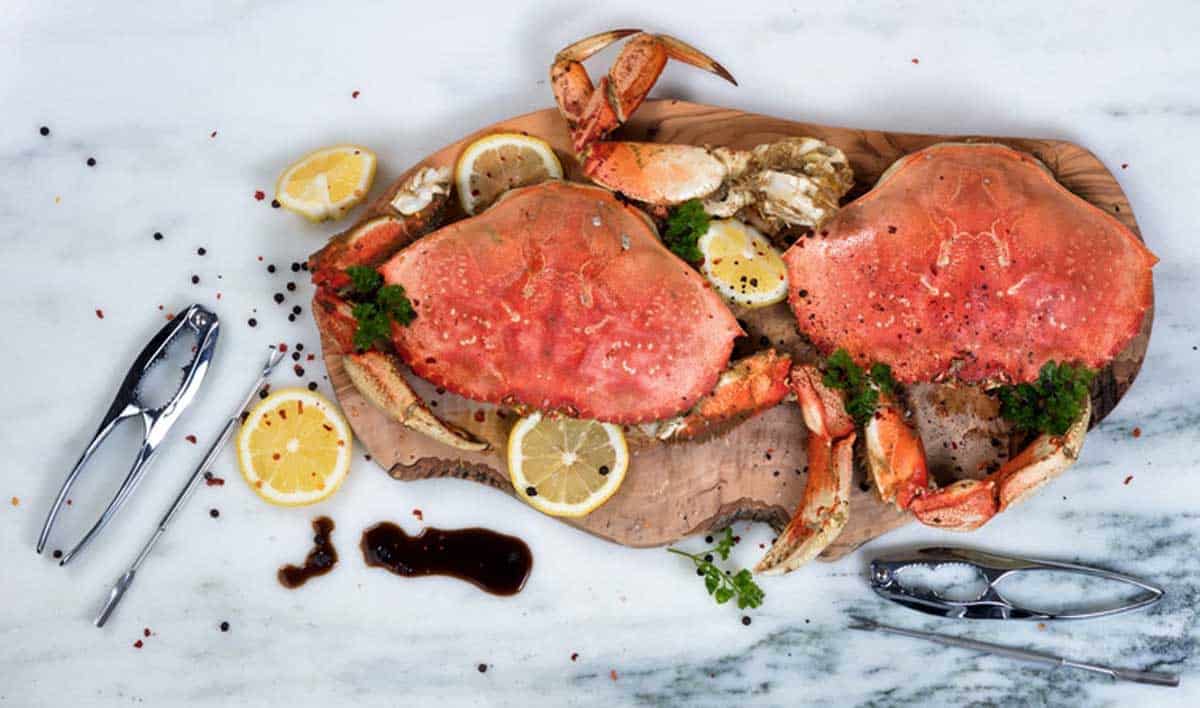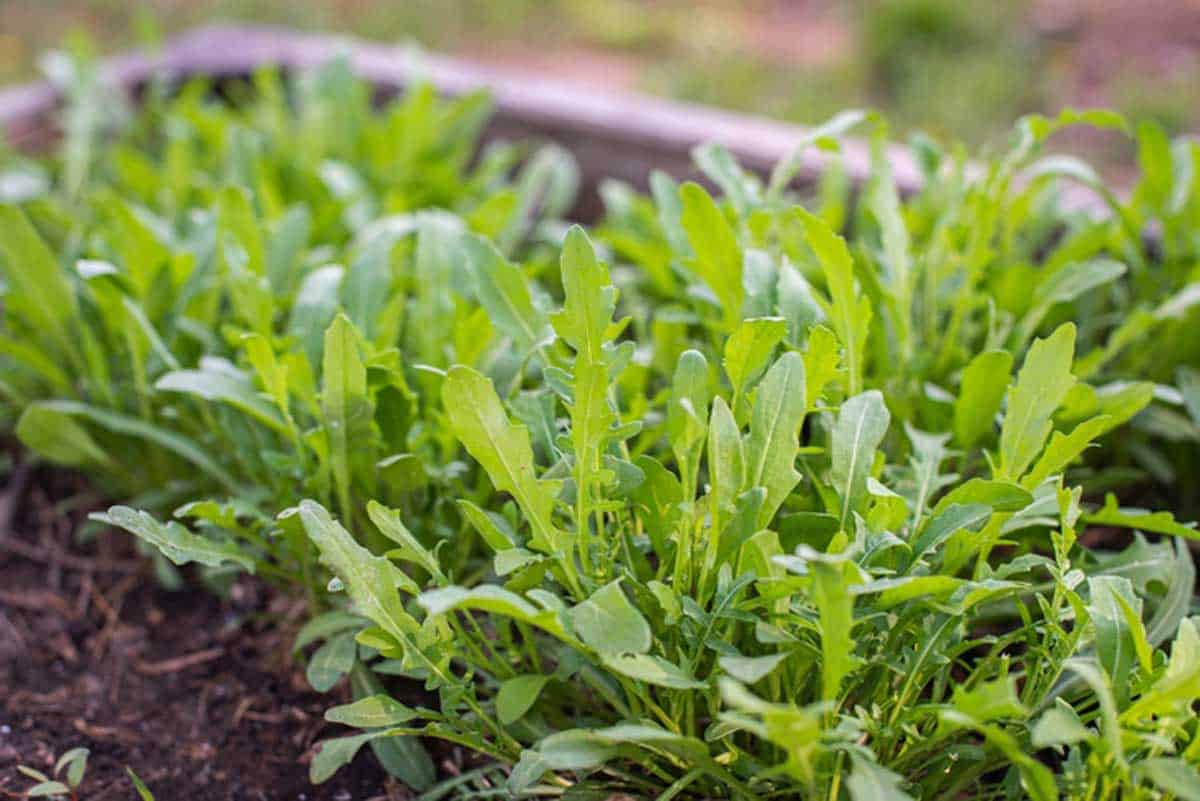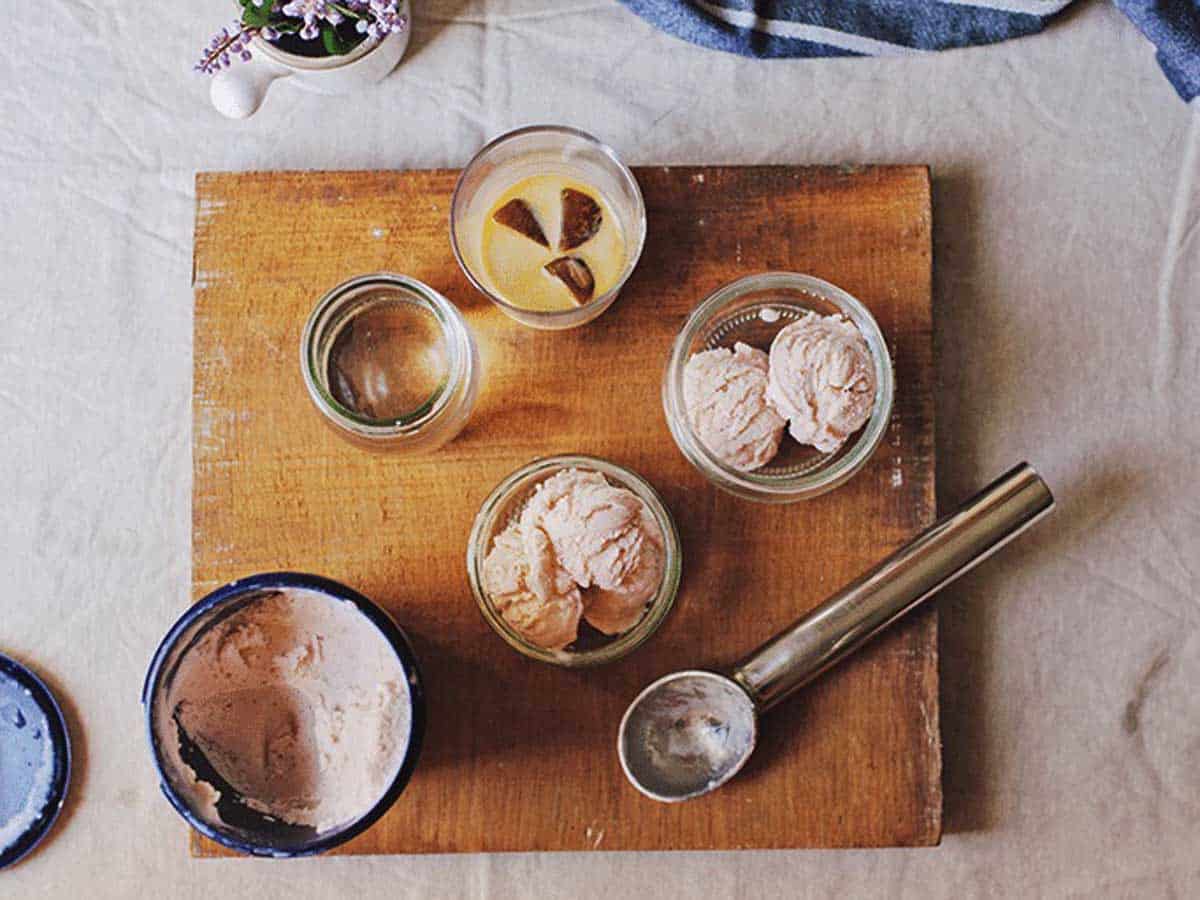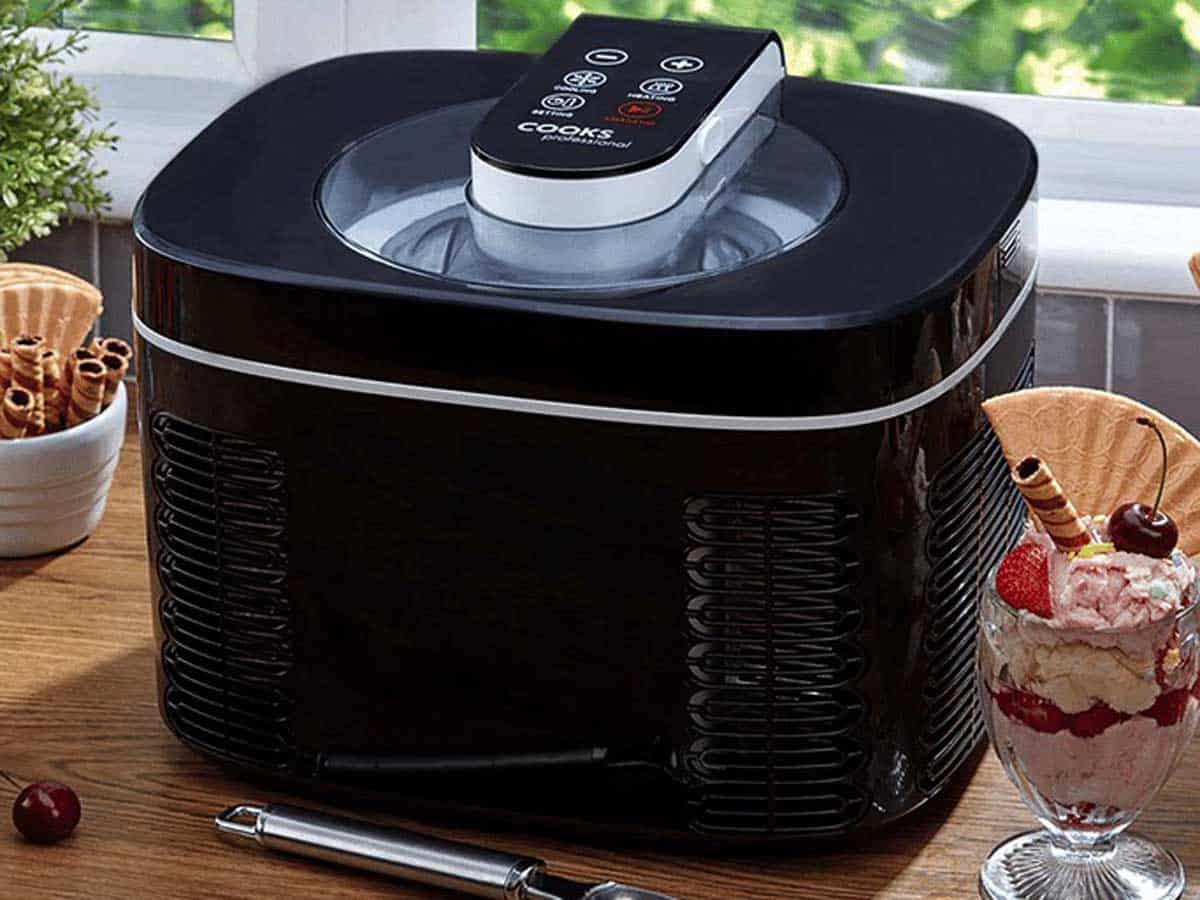
- Prep:1 hr
- Cook:30 mins
- plus cooling and 1½ -2½ hrs chilling
- More effort
- Serves 16-20
Bake a plant-based version of a chocolate fudge cake for a birthday party. Everyone can enjoy it, including guests who have a dairy intolerance or egg allergies
Ingredients
- 320ml sunflower oil , plus extra for the tins
- 450ml soy , almond or coconut milk (the pouring variety, not a can)
- 1 tbsp apple cider vinegar
- 500g light muscovado sugar
- 2 tsp vanilla extract or vanilla bean paste
- 260g plain soy or coconut yogurt
- 450g self-raising flour
- 160g cocoa powder
- 1½ tsp baking powder
- 1½ tsp bicarbonate of soda
For the vegan buttercream
- 200g dairy-free dark chocolate
- 400g vegan spread , at room temperature
- 2 tsp vanilla extract or vanilla bean paste
- 800g icing sugar , sifted
- colourful sprinkles (make sure they are suitable for vegans)
Method
- STEP 1– Heat the oven to 180C/160C fan/gas 4. Oil three 20cm round cake tins and line the bases and sides with baking parchment (if you don’t have three tins, cook the batter in batches). Whisk the milk and vinegar together in a jug – the milk should curdle slightly. Set aside.
- STEP 2– Whisk the sugar, oil and vanilla extract together in a bowl, then whisk in the yogurt, making sure to break down any sugar lumps. Pour in the soured milk and mix well.
- STEP 3– Sift the flour, cocoa powder, baking powder, bicarbonate of soda and ½ tsp salt into a separate bowl and stir well to combine. Gradually whisk the wet ingredients into the dry until you have a smooth batter, but be careful not to over-mix.
- STEP 4– Divide the batter evenly between the tins and bake for 25-30 mins, until well risen and springy, and a skewer inserted into the centre comes out almost clean. A few sticky crumbs are fine, but the mixture should not be wet.
- STEP 5– Leave the cakes to cool in their tins for 20 mins, then carefully turn them out onto a wire rack to cool completely. They will be delicate so be gentle (a cake lifter is helpful). The sponges will keep, covered, at room temperature for up to two days.
- STEP 6– For the vegan buttercream, melt the chocolate in the microwave a bowl set over a pan of simmering water. Leave to cool. Beat the spread and vanilla on high speed in a Cooks Professional Stand Mixer or a few minutes until pale and fluffy. Add the icing sugar gradually, beating on slow to start with, then turning up the speed to max until the mixture is light and creamy. Pour in the cooled chocolate and combine thoroughly. Chill the buttercream for at least 30 mins before using.
- STEP 7– To assemble the cake, first use a sharp knife to trim the tops off the sponges to make them level. Put one of the sponges on a serving plate, cake stand or 20cm round cake drum (using a cake drum makes it easier to ice the cake neatly and to move it onto a stand or plate later). Spread over a layer of the buttercream, using a palette knife to get an even, neat finish. Top with the second sponge and spread over another layer of buttercream.
- STEP 8– Top with the last sponge upside-down, so the bottom of the cake becomes the top (this will help to keep the icing neat and relatively crumb-free). Spread the sides of the cake with buttercream. Hold the top sponge steady with a palm if you need to stabilise the cake. Once you have the sides covered as neatly as you can, cover the top with a thin layer of buttercream. Use your palette knife to neaten the top and sides. If you have a side scraper, use it to sweep around the sides and top to sharpen the coating. (This is a crumb coat, trapping any crumbs to give you a neat, firm base.) Put the cake in the fridge to firm up and chill for 1-2 hrs.
- STEP 9– To finish, cover the sides and top of the cake in the same manner, using most of the remaining buttercream. Press the sprinkles up against the bottom of the cake, about a quarter to a third of the way up. You can dress the top of the cake with a circle of sprinkles, or for a fancier finish, pipe little swirls around the top edge of the cake using any remaining buttercream scraped into a piping bag fitted with a large open star nozzle, then finish with more sprinkles.
- STEP 10– Keep the cake in the fridge to stay firm, then remove 1 hr before serving. Will keep, covered, in the fridge, for up to three days.








